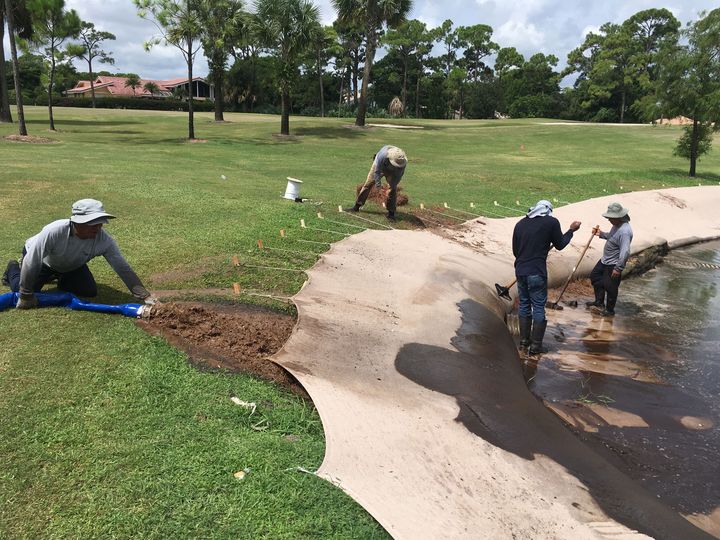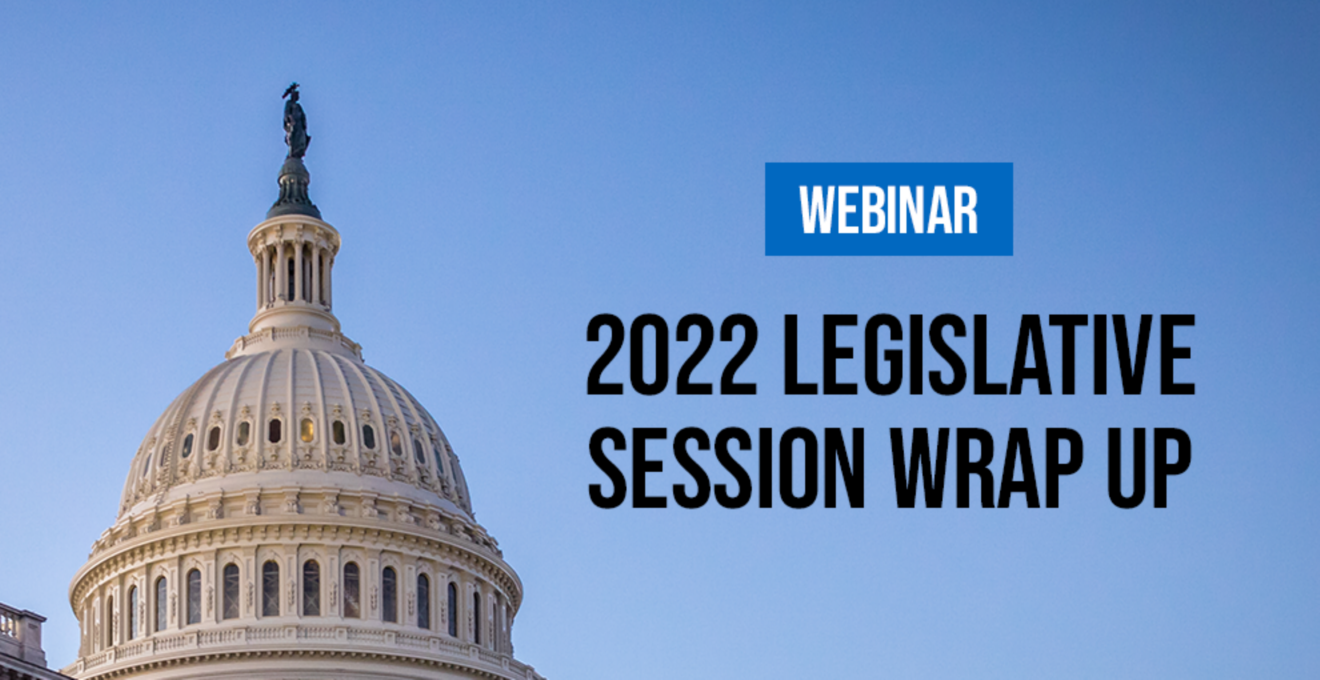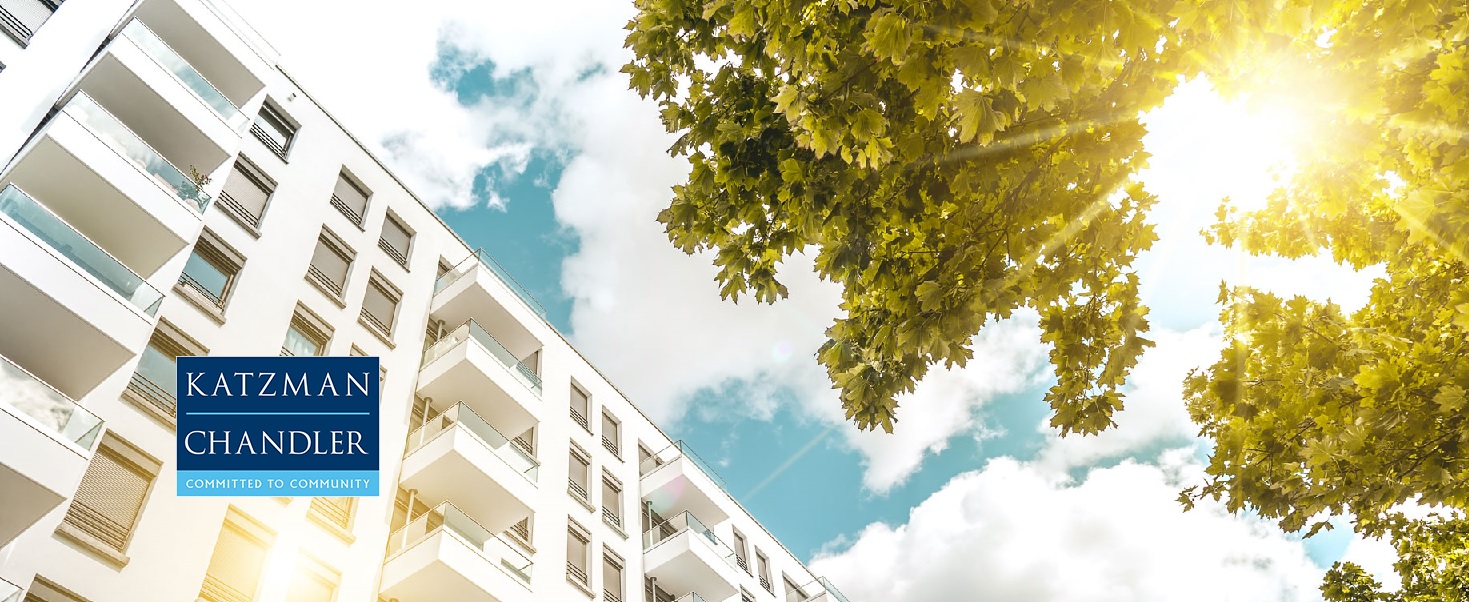ELECTRIC CARS ARE COMING ! IS YOUR PROPERTY READY?
ELECTRIC CARS ARE COMING ! IS YOUR PROPERTY READY?
by VANDELAY COMMUNICATIONS LLC
2022 is looking to be the year of the Electric Vehicle. Whether you like the idea of switching from ICE (internal Combustion Engines) to EV (Electric Vehicles) or not….they are coming and in droves.
Almost every major auto manufacturer is bringing an EV to market this coming year and from the looks of it, the wave will be small at first, but tremendous by 2023. What this means for Residential Condos and apartments, especially in High Rise buildings with limited parking, is you must be planning for it now.
Our company is already working with several Florida Management companies to bring state of the art EV charging equipment to their properties. Up until lately a lot of buildings have been allowing residents to add their own “outlet” or charger to their parking space. What this has done has taxed the electric panel to full capacity as well as contributed to a much higher electric bill because there is no control over demand charges as well as the inability to know exactly what someone is using by way of kilowatt hours.
The equipment today can offer several huge advantages to circumvent all the problems and headaches associated with EV charging as well as bring a new revenue stream to your property. the units today offer the capability to have a totally hands off approach and allow for this new stream of revenue. 90% of all EV vehicles are charging from home. Having this ability, brings value to the property by way of higher rents, higher sales prices of units and no drain on the HOAs funds except for the initial buildout which is paid back over time through correct set up of the systems financial utilities tools.
For more information or a personal presentation please contact us.
STEVEN T. MILANA
Executive Vice President of Development
Vandelay Communications LLC
“Veteran Owned Small Business”
Office: 480-805-1962
Cell: 954-214-2590
steve@vandelaycommunications.com














 We are a commercial insurance brokerage organization and have access to different insurance companies that offer a wide-range of products, services, and pricing.
We are a commercial insurance brokerage organization and have access to different insurance companies that offer a wide-range of products, services, and pricing.


